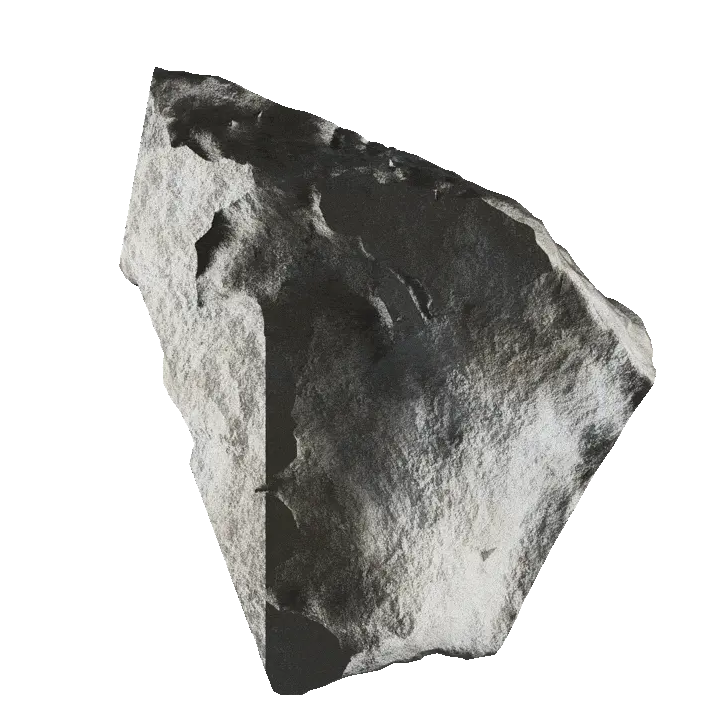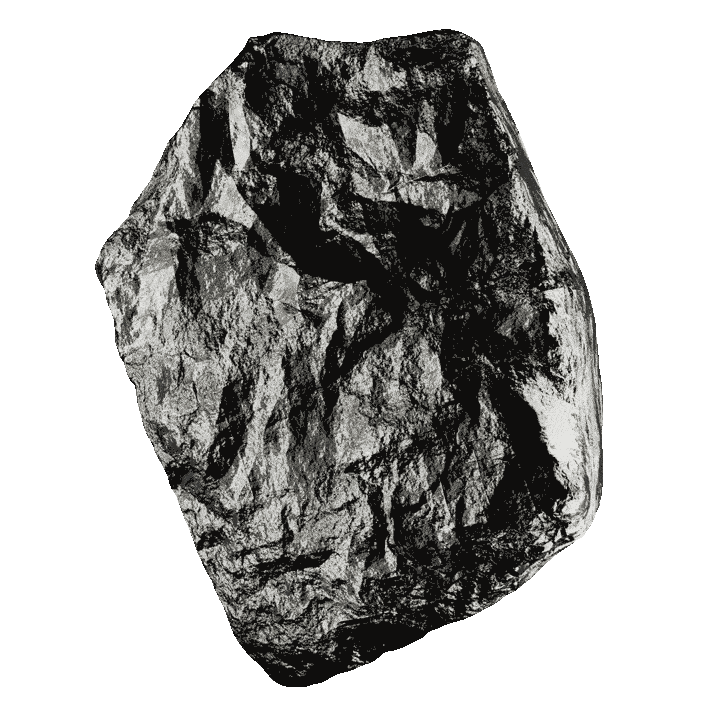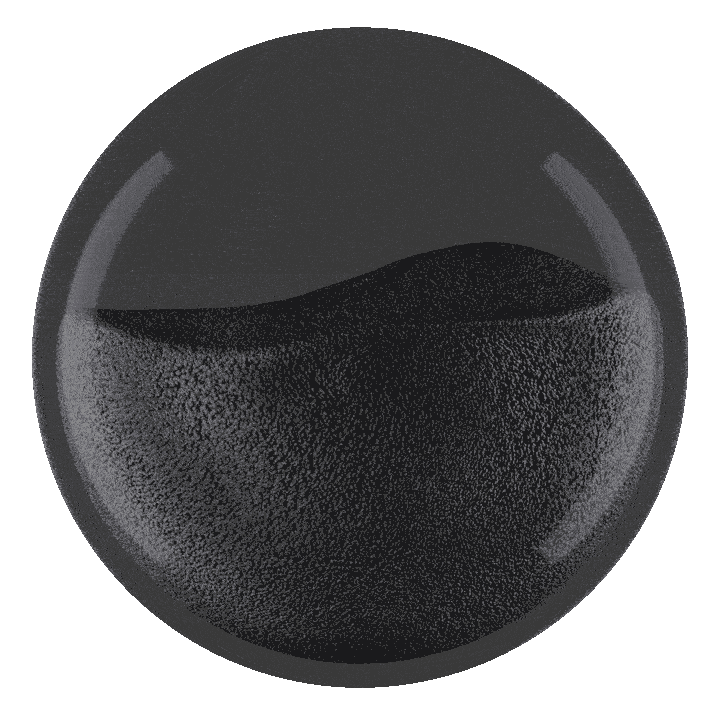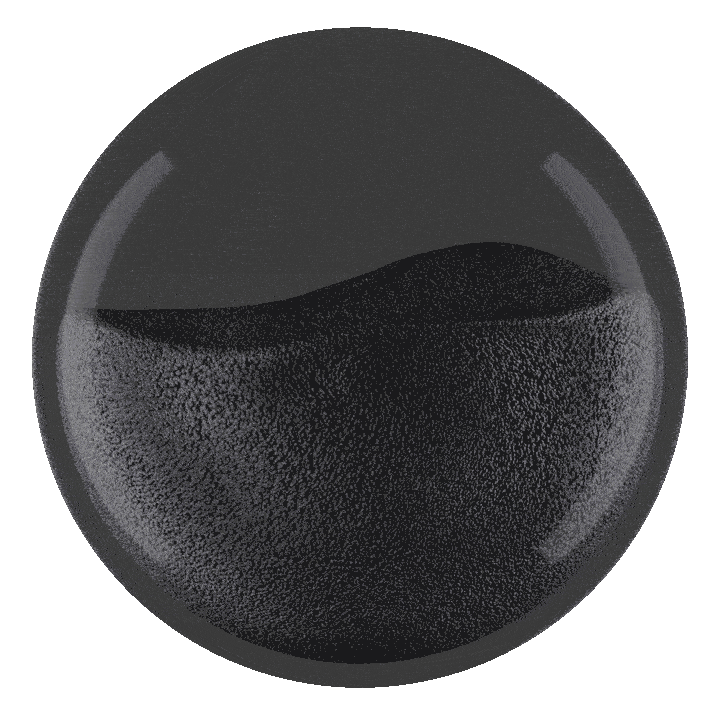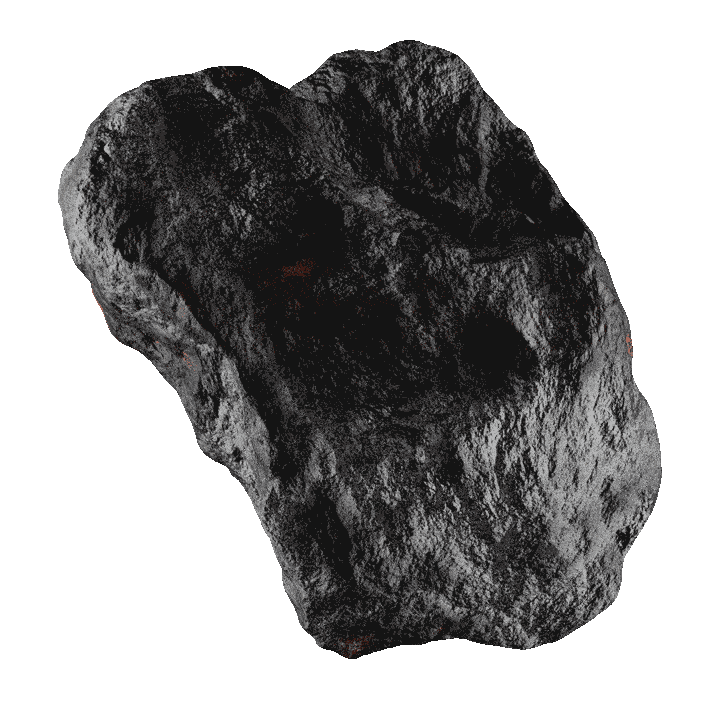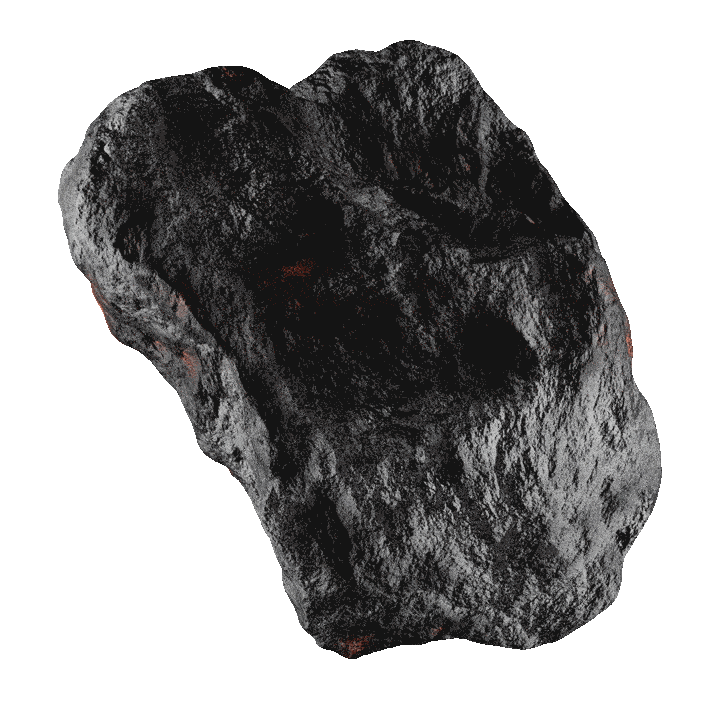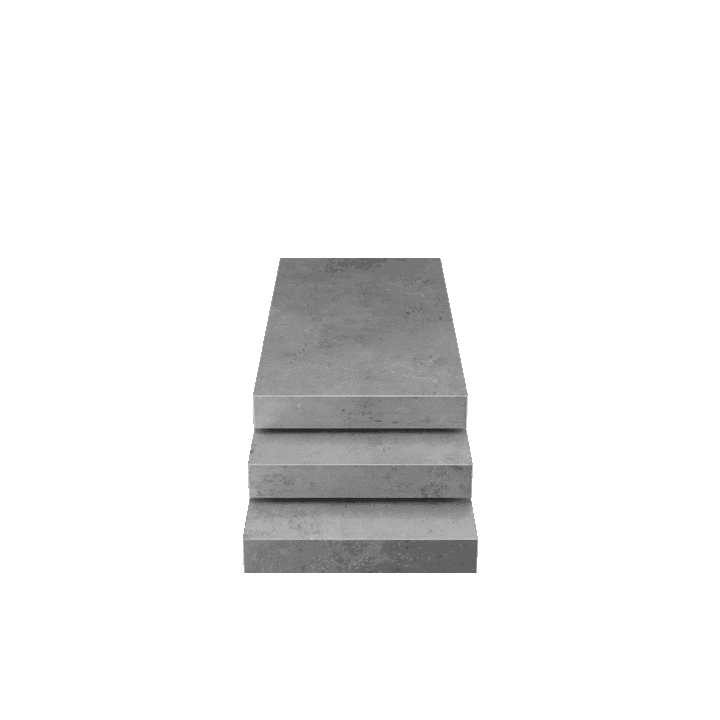
Slab Steel
Introduction
Slab steel, a fundamental component of modern industries, plays a crucial role in various applications. In this comprehensive article, we delve into the production processes, properties, applications, and advantages of slab steel. By examining its historical evolution, we gain insight into the significance of slab steel in today’s industrial landscape.
What is slab steel
Slab steel refers to a type of steel product that is produced in a semi-finished form and has a rectangular cross-section. It is typically created through the process of continuous casting, where molten steel is poured into a water-cooled mold and solidifies into a long rectangular shape. This solidified slab is then further processed and transformed into various steel products, such as sheets, plates, coils, or other structural components.
The dimensions of slab steel can vary depending on the specific requirements of the end-use applications. The length of a slab can range from a few meters to several meters, while the width and thickness can also vary significantly.
Slab Steel Production
Primary Steelmaking
Primary steelmaking encompasses several processes that convert iron ore into steel. Among these methods are the blast furnace process, basic oxygen furnace process, and electric arc furnace process. Each process has its unique characteristics and advantages, determining its suitability for different steel production requirements.
Secondary Steelmaking
Secondary steelmaking processes refine the steel produced in primary steelmaking to achieve desired properties. These processes include the ladle furnace process, vacuum degassing, and continuous casting. Secondary steelmaking enhances the steel’s purity, removes impurities, and adjusts the chemical composition for specific applications.
Continuous Casting of Slab Steel
Continuous casting is a pivotal stage in slab steel production. This process involves the solidification of molten steel into continuous slabs, ensuring efficient production and high-quality output. We explore the importance of continuous casting and highlight recent technological advancements that enhance the efficiency and quality of slab steel production.
Properties and Characteristics of Slab Steel
Slab steel’s composition primarily consists of iron, carbon, and alloying elements. Understanding the chemical properties and their effects on steel’s behavior is essential for optimizing its performance. Alloying elements such as chromium, nickel, and manganese impart specific properties, enhancing the steel’s strength, corrosion resistance, and other desirable characteristics.
Mechanical Properties
Slab steel possesses various mechanical properties that determine its suitability for different applications. Strength, hardness, toughness, ductility, formability, fatigue resistance, and impact resistance are crucial factors to consider when utilizing slab steel in structural or load-bearing applications.
Also, surface quality is of paramount importance in slab steel, as it directly affects the steel’s appearance, performance, and suitability for various applications. Surface defects such as cracks, scratches, and scales can impact the steel’s integrity and pose challenges during subsequent processing. Additionally, non-metallic inclusions can affect the quality and performance of slab steel.
Applications of Slab Steel
- Construction and Infrastructure
Slab steel finds extensive use in construction and infrastructure projects. Structural steel beams and columns, reinforced concrete, and pre-fabricated components heavily rely on the strength, durability, and formability of slab steel.
- Automotive Industry
The automotive industry utilizes slab steel in the production of body panels, frames, engine components, suspension systems, and chassis. Slab steel’s combination of strength, formability, and impact resistance makes it an ideal material for manufacturing lightweight and robust automotive parts.
- Manufacturing and Machinery
Slab steel serves as a crucial material in the manufacturing and machinery sector. Industrial equipment and machinery parts, tools and dies, and agricultural machinery rely on the strength, durability, and wear resistance of slab steel.
- Energy Industries
In the energy sector, slab steel finds application in various areas. It is used in the construction of oil and gas pipelines, wind turbines, and power transmission infrastructure. The high strength and corrosion resistance of slab steel make it an ideal choice for demanding energy-related applications.
Advantages and Limitations of Slab Steel
Slab steel offers numerous advantages that contribute to its widespread use. Its strength, durability, versatility, and formability make it suitable for diverse applications. Additionally, slab steel is highly recyclable, contributing to sustainability efforts, and often proves to be cost-effective for manufacturers.
While slab steel offers many advantages, it also faces certain limitations and challenges. Environmental concerns regarding emissions and energy consumption, as well as the carbon footprint associated with steel production, pose challenges that the industry must address. Additionally, the emergence of alternative materials and technological advancements in competing industries present ongoing challenges for slab steel manufacturers.
Conclusion
In conclusion, slab steel plays a vital role in modern industries, serving a wide range of applications. Understanding the production processes, properties, and applications of slab steel provides valuable insights into its importance and potential for innovation. Despite its limitations and challenges, slab steel remains an essential material for construction, automotive, manufacturing, and energy sectors, contributing to the development and growth of diverse industries worldwide. You can buy from Kaladasht products for buying or advice on buying steel slabs and other types of iron.
FAQs
Slab steel is a rectangular-shaped semi-finished steel product.
Slab steel is produced through the process of continuous casting, where molten steel is poured into a mold and solidifies into a rectangular shape.
Slab steel is used in construction, automotive manufacturing, machinery production, and the energy sector for various applications such as structural components, body panels, frames, and pipelines.
Slab steel offers strength, durability, formability, recyclability, and cost-effectiveness.
Slab steel can vary in length, width, and thickness, depending on the specific requirements of the application.
Slab steel is a semi-finished product, whereas other steel products such as sheets, plates, or coils are derived from the slab through further processing.

